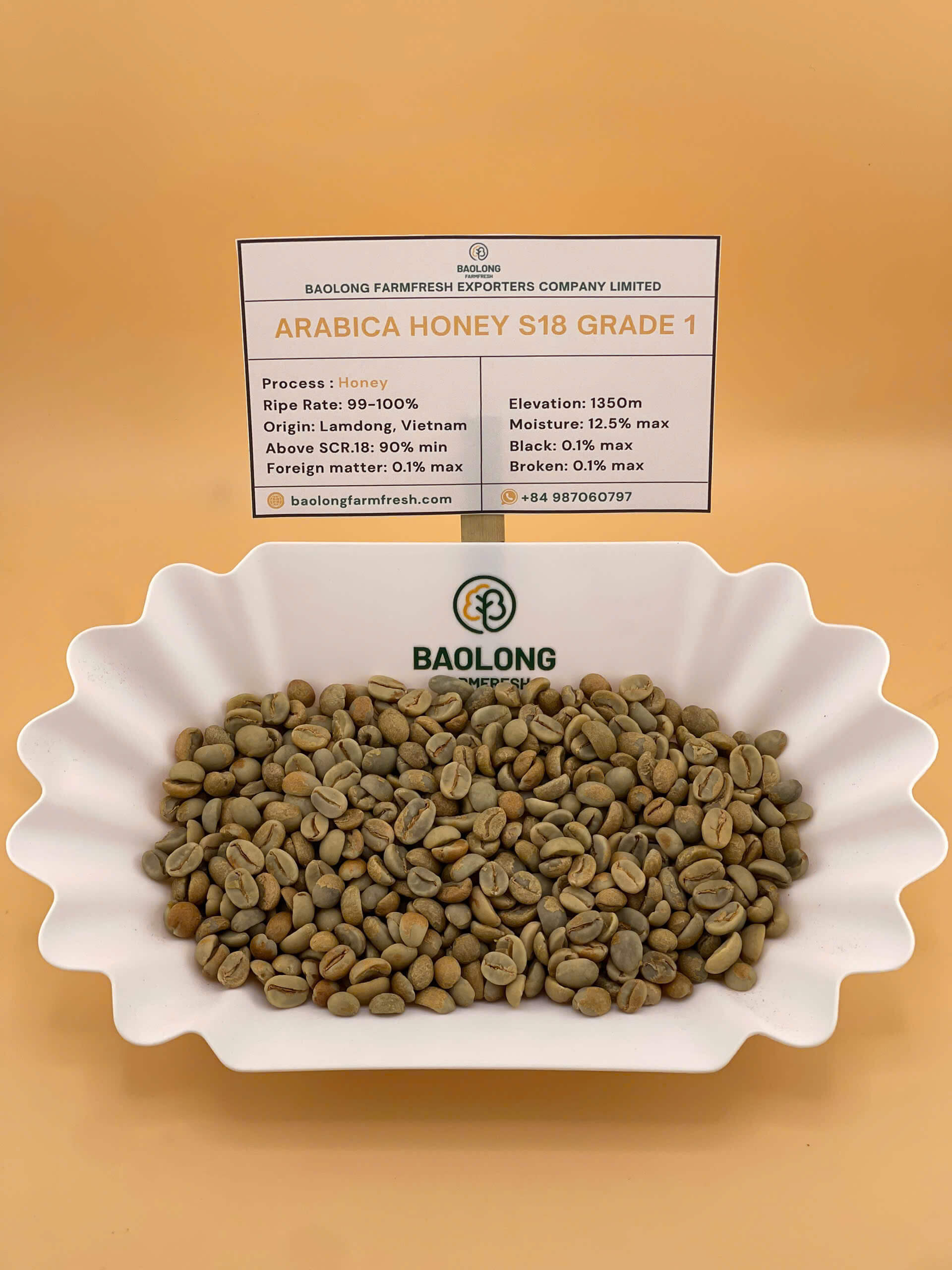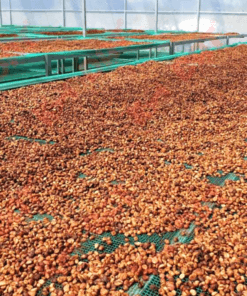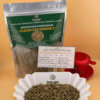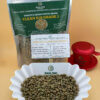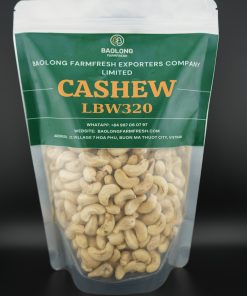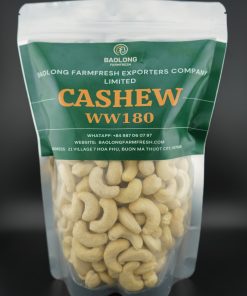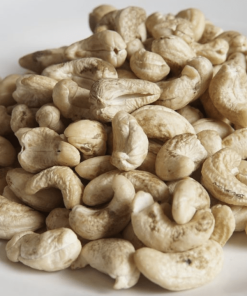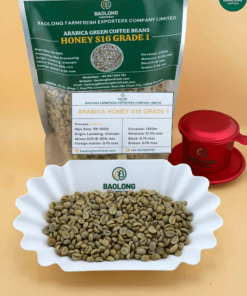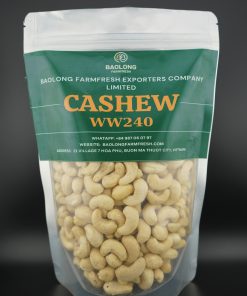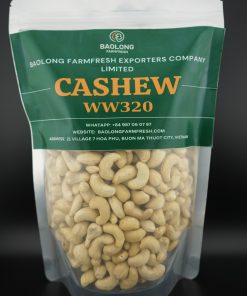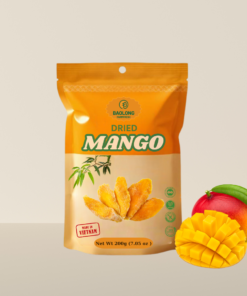Arabica Honey Coffee Beans S18 From Vietnam – Green Arabica Coffee Beans
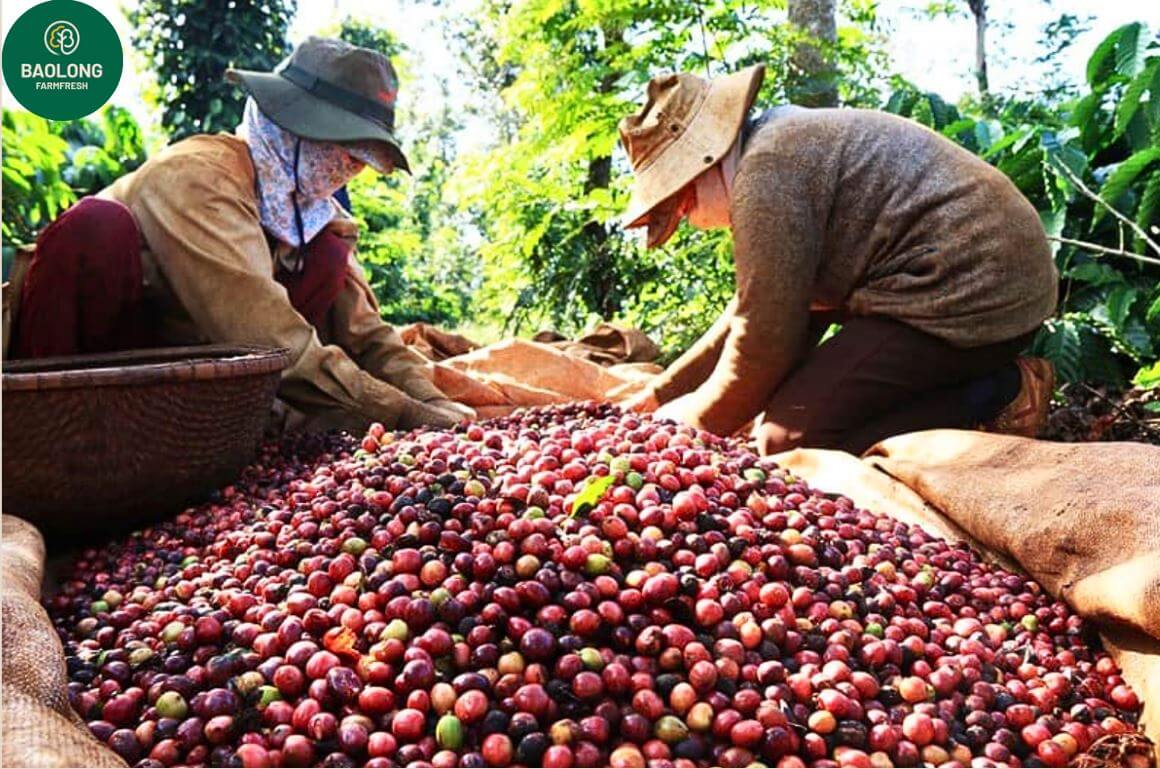
Experience the refined and naturally sweet flavor of Vietnamese Arabica Honey Coffee Beans S18, sourced from high-altitude regions like Cau Dat and Da Lat. These specialty-grade beans are processed using the Honey Method, delivering a rich, smooth cup with floral, fruity, and honey-like notes.
1. Origin and Bean Profile
-
Country of Origin: Vietnam
-
Regions: Cau Dat, Da Lat, or other certified highland Arabica zones
-
Varietals: Arabica – Bourbon, Typica, Catimor
-
Altitude: 1,400 – 1,650 meters above sea level
-
Screen Size: S18 (Large, uniform beans)
-
Moisture Content: < 12.5%
-
Color: Golden yellow hue – a signature of Honey Processed beans
These beans are hand-harvested and carefully sorted to ensure only the ripest cherries are selected.
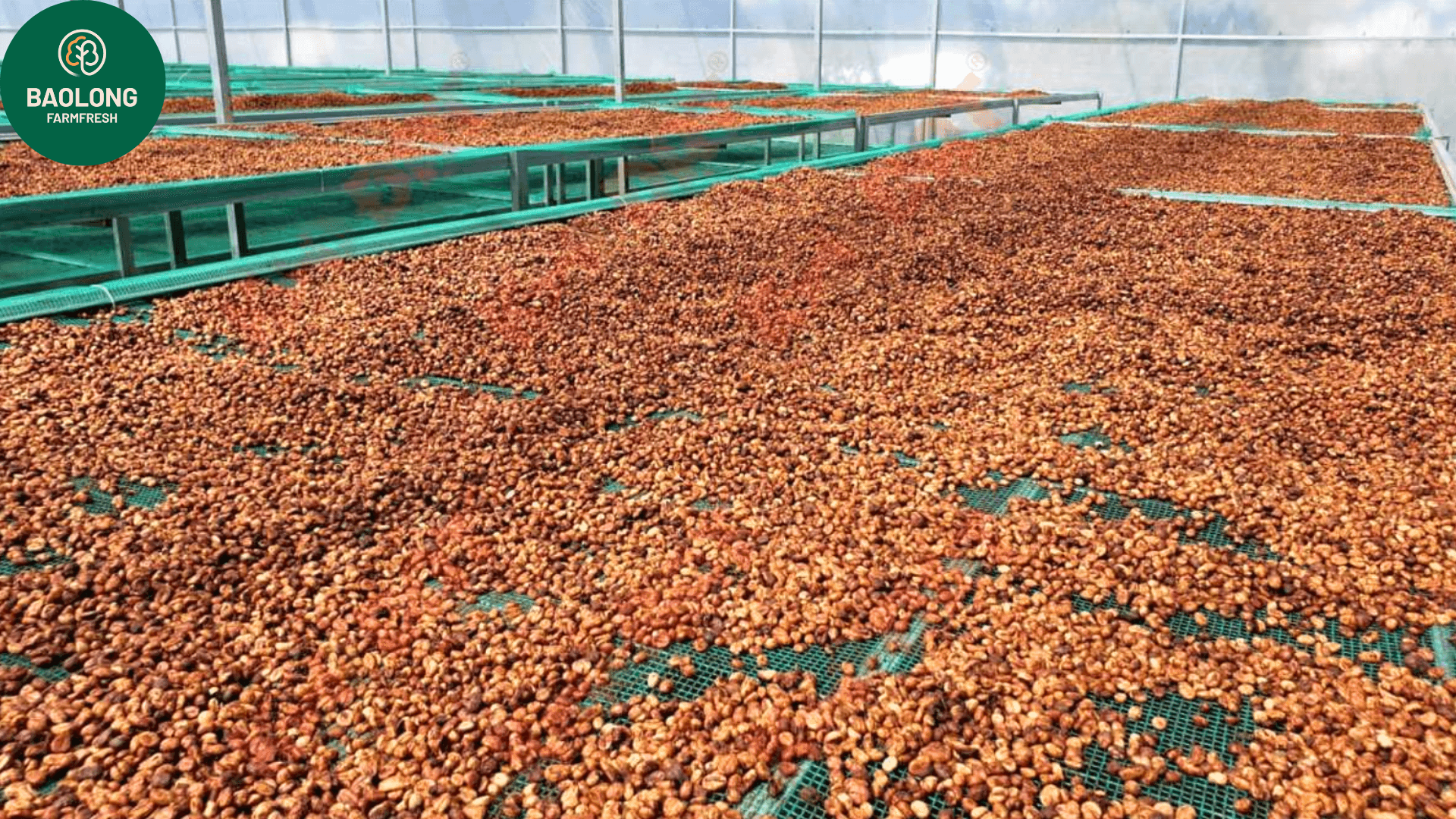
2. Honey Processing Method
Honey processing (semi-washed) is a hybrid technique that combines the best of washed and natural processes. Here’s how it’s done:
-
Selective Harvesting: Only red, ripe cherries are handpicked.
-
Pulp Removal: The skin is removed while keeping the sticky mucilage (honey layer) intact.
-
Sun Drying: Beans are dried on raised beds or patios under the sun for 10–15 days.
-
Regular Turning: Beans are turned frequently to ensure even drying and avoid over-fermentation.
-
Resting and Packaging: Once dried to the desired moisture level, beans are rested for flavor stabilization and then packed.
☕ This process helps retain natural sweetness, enhances the coffee’s body, and brings out fruit-forward, clean, and balanced flavor notes.
3. Flavor Characteristics
-
Aroma: Floral, honeyed
-
Flavor: Ripe fruit, caramel, mild citrus
-
Body: Medium to full
-
Acidity: Mild to medium
-
Aftertaste: Smooth and lingering
Perfect for light to medium roasting, and well-suited for brewing methods like Pour Over, V60, Chemex, AeroPress, and other hand-drip styles.
4. Why Choose Arabica Honey Coffee Beans S18?
-
🌿 Premium-Grade Arabica: Grown at high elevations with ideal climate conditions.
-
💎 Honey Processed: Offers a unique cup profile that stands out.
-
🔥 Versatile Roasting Options: Great for both commercial roasters and specialty shops.
-
📦 Export-Ready: Stable quality, moisture-controlled, and packaged with care.
5. Packaging and Delivery
-
Packaging Options: 30kg or 60kg jute bags with or without liner (customizable)
-
MOQ: 500 kg (negotiable for first orders)
-
Lead Time: 7–10 working days for domestic; 15–25 days for international
-
Export Documents: Full set (CO, Phyto, Invoice, Packing List, Contract, etc.)
6. Best For
-
Specialty coffee roasters
-
Coffee shop chains
-
Wholesalers and importers of green coffee
-
Private label coffee brands

